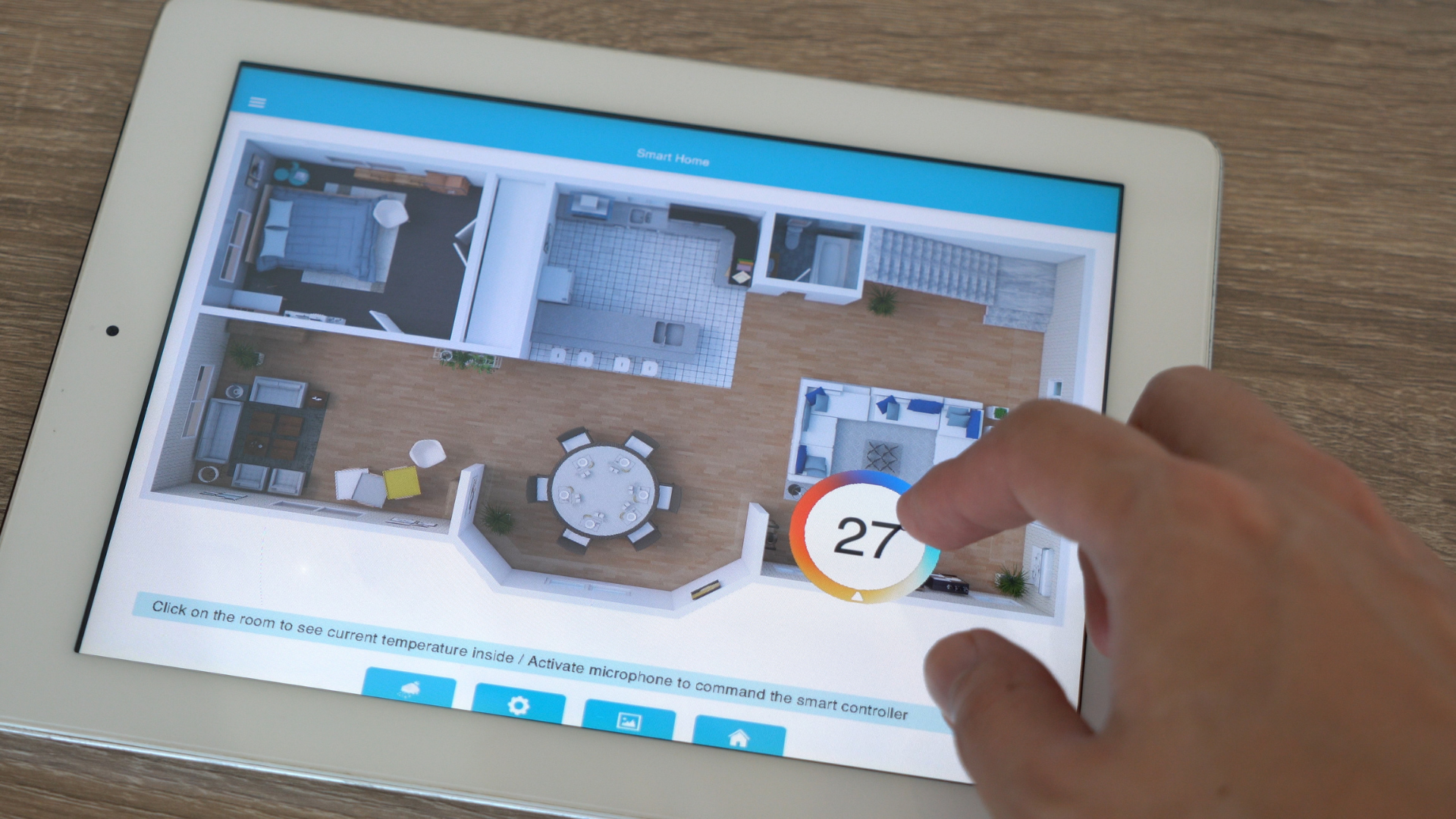Windows has had a mixed track record as a desktop operating system lately, as updates to Windows 10 have come and gone over the years, with mixed results. But with the launch of Windows 11, Microsoft has now produced a stable, reliable, and regularly updated OS. But what is Windows 11, and why should you consider updating?
One of the most important questions you need to ask yourself is this: do I want to keep my current operating system or move to Windows 11? If you’re anything like me, then you’ve already made up your mind that you don’t want to move to Windows 10. That’s because it’s full of hidden and annoying bugs, plus it’s built for touch screens and other touchscreen devices.
Microsoft is more than just one company. It is a conglomerate that sells hardware, software, and services. Microsoft has made some major changes over the years, and this week they are doing it again by releasing a new operating system. This new operating system is a lot like what is found on your smartphone. It is called Windows 11. This so-called new operating system is not new to the public, but to Microsoft, it is new. Windows 10 was a major release for the company. Windows 10 is the next evolution of Windows, and for many users, it is a very good thing. The only thing is, is this new operating system safe?
Is it safe to update to Windows 11?
My answer is yes—you should update. The best thing about Windows 11 is it is more stable and less buggy, which will make your computer more secure and productive.
The biggest changes with Windows 10 are expected to be the revamped Start Menu and the new user interface. However, suppose you’re one of the millions who has already installed the update. In that case, you’ll want to know what to expect in the future when you update your Windows 10 system to Windows 11, the latest version of Microsoft’s operating system.
How to Update to Windows 11?
- Compatibility Check
Microsoft offers a super-simple way to get up to speed on Windows 11 with a single click of its self-service compatibility tool. It’s a great way to ensure that your new operating system running on a brand-new computer will be compatible with the apps and games you enjoy. As with all these things, though, you should take it with a grain of salt. This engine is far from flawless. It has done a good job of identifying and flagging problems in Windows 8, but it guesses a lot. Some of the warnings are legitimate, but some of them are not. And some of the problems it flags can be fixed by simple steps, but others may not be so easy.
- Scrutinize Updates
As we inch closer and closer to the launch of Windows 11, it’s time to check for updates. If you’re familiar with Windows 10, you may already know about the Windows Update tool, but what about those who aren’t? If you’re the kind of person who needs to know about all the updates, you can check for updates via the Windows Update tool.
- Use Installation Assistant to Download
A new feature called Installation Assistant is designed to help make the process of upgrading to Windows 11 a little easier for those who aren’t sure if they want to go the whole nine yards or just want to try it out for a week or two.
- Creation Tool for Microsoft’s Media Creation
Microsoft has updated its media creation tool, creating a quest to upgrade your PC to Windows 11. Microsoft is always making small updates, but this one is bigger than the usual bug fixes. Suppose you’re looking to upgrade to Windows 11 from an older version of the operating system. In that case, you’ll want to download the new media creation tool, which is available in the Quick Access Toolbar for anyone who has the Start menu enabled.
Microsoft had worked on the next update for Windows for a couple of years. Windows 11 was rolled out at the end of 2021. Support for Windows 7 ended in early 2020, for anybody still using it.





